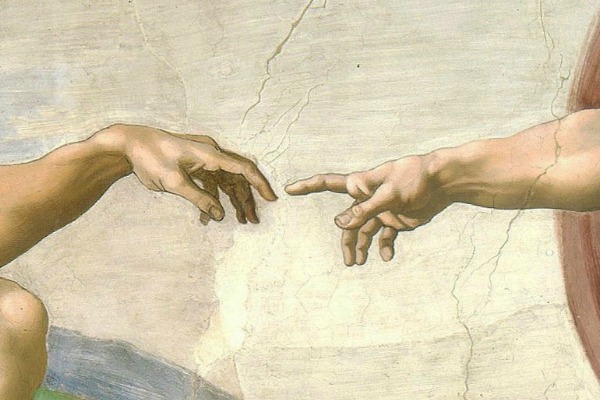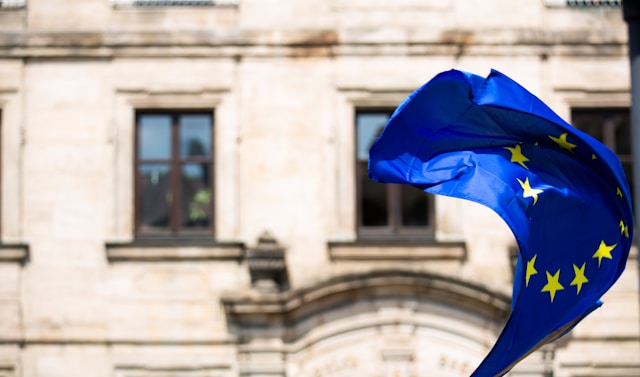
Kenan Çamurcu
Like Egypt, Tunisia, and Syria, Turkey's last 150 years of political history have been consistently shaped by reform and change, mirroring the early experiences of Western-style modernization (Voll, 1994: 149). This phenomenon has manifested as modernization and social renewal, structural changes in political institutions and regime shifts, and sometimes, as a quest for differentiation in the realms of belief, philosophy, and thought.
Abun-Nasr, Jamil M. A. (1987). History of the Maghrib in the Islamic Period. Cambridge University Press.
Ağaoğlu, Adalet. (2015). Ölmeye Yatmak. Everest Yayınları.
Ağaoğulları, Mehmet Ali. (2015). Sokrates'ten Jakobenlere Batı'da Siyasal Düşünceler. İletişim Yayınları.
Ahmad, Feroz. (1996). Demokrasi Sürecinde Türkiye. Hil Yayınları.
Aksakal, Hasan. (2010). “Türk Modernleşmesinin Ambivalant Doğası: Modernleşme, Milliyetçilik, Medeniyet İlişkisi Üzerinden Türkiye'yi Okumak”. Zeitschrift für die Welt der Türken Journal of World of Turks, Vol. 2, No. 1 , ss. 245-264.
Atay, Falih Rıfkı. (1969). Çankaya. Doğan Kardeş.
Aykut, Şeref. (1936). Kamâlizm, İstanbul, Muallim Ahmet Halit Kitap Evi.
Benoist, Alain. (1999). “What is Sovereignty”. Translated by Julia Kostova from “Qu’est-ce que la souveraineté?” in Éléments, No. 96, November, pp. 24-35
Bodin, Jean. (1962). The Six Bookes of a Commonweale. A Facsimile Reprint of the English Translation of 1606, Corrected and Supplemented in the Light of a New Comparison with the French and Latin Texts, Edited by Kenneth Douglas McRae, Harvard University Press.
Bora, Tanıl. (2017). Cereyanlar, Türkiye’de Siyasi İdeolojiler. İletişim Yayınları.
Bratton, Michael and Nicholas van de Walle. (1997). Democratic Experiments in Africa: Regime Transitions in Comparative Perspective. Cambridge University Press.
Cassirer, Ernst. (1946). The Myth of the State. Yale University Press.
Çavuş, Burak. (2015). “Adalet Ağaoğlu'nun Ölmeye Yatmak Romanında Cumhuriyetin Kimliği ve Kimlik Çatışması”. Turkish Studies International Periodical For The Languages, Literature and History of Turkish or Turkic Volume 10/4, p. 331-348.
Çetin, Atilla. (1999). “Hüseynîler”. DİA XIX.
Demir, Şeyhmus, Mutlu Sesli ve Veysel Yılmaz. (2008). “Türk Modernleşmesi: Eleştirel Bir Bakış”. Sosyal Bilimler Araştırmaları Dergisi, Sayı: 2, ss. 77-90.
Domingo, Rafael. (2010). The New Global Law. Cambridge University Press.
Durdu, Zafer. (2013). Türkiye’de Siyasal Kültürü Anlamak. Kadim Yayınları.
Foucault, Michel. (2014). Özne ve İktidar / Seçme Yazılar 2. Ayrıntı Yayınları.
Foucault, Michel. (2008). The Birth of Bio-politics: Lectures at the College de France, 1978-79. New York, Palgrave Macmillan.
Göle, Nilüfer. (2011). Modern Mahrem, Medeniyet ve Örtünme. Metis Yayınları.
Heper, Metin. (2018). Türkiye'de Devlet Geleneği. Doğu Batı.
İnan, Afet. (1930). Vatandaş için Medenî Bilgiler. Milliyet Matbaası.
Kansu, Mazhar Müfit. (1997). Erzurum’dan Ölümüne Kadar Atatürk’le Beraber. Cilt: 1, TTK Yayınları.
Karaca, Nuray. (2020). “Türkiye’de Modernleşmenin Sonuçları Üzerine”. Erzincan Üniversitesi Sosyal Bilimler Enstitüsü Dergisi, Cilt: 13, Sayı: 2, ss.117-128.
Karal, Enver Ziya. (1991). Atatürk'ten Düşünceler. Çağdaş Yayınları.
Karaosmanoğlu, Yakup Kadri. (1930). “Fehmi Kubilay’ın Canhıraş Şehadeti”. Milliyet, 30 Kânûn-ı Evvel.
Karpat, Kemal. (2007). Türkiye’de Siyasal Sistemin Evrimi. İmge Kitabevi.
Köker, Levent. (1993). Modernleşme, Kemalizm ve Demokrasi. İletişim Yayınları.
Musa, İbrahim. (2018). Gazzali ve İmgelem Poetikası. Hece Yayınları.
Özçelik, Tacettin Gökhan. (2019). “Batı-Dışı Modernleşme Kavramı Temelinde Türkiye’de Cumhuriyetin İlk Yıllarında Modernleşme Çabaları”. İstanbul Gelişim Üniversitesi Sosyal Bilimler Dergisi, Cilt: 6, Sayı: 2, ss. 308-326.
Özdemir, Kamuran. (2007). Cumhuriyet Döneminde Şapka Devrimi ve Tepkiler. Yüksek Lisans Tezi, Eskişehir Anadolu Üniversitesi Sosyal Bilimler Enstitüsü.
Schmitt, Carl. (2002). Siyasi İlahiyat, Egemenlik Kavramı Üzerine Dört Bölüm. Dost Kitapevi.
Söğütlü, İlyas. (2010). “Cumhuriyet Türkiyesi’nde Modernleşme ve Bürokratik Vesayet”. Kocaeli Üniversitesi Sosyal Bilimler Enstitüsü Dergisi, Sayı: 19, ss. 49-68.
Tanör, Bülent. (2006). Osmanlı-Türk Anayasal Gelişmeleri, YKY.
Voll, John Obert. (1994). Islam: Islam: Continuity and Change in the Modern World. Syracuse University Press, New York.
Weber, Max. (2018). Ekonomi ve Toplum. Yarın Yayıncılık.
Zürcher, Erik Jan. (2000). Modernleşen Türkiye'nin Tarihi. İletişim Yayınları.





0 Comments